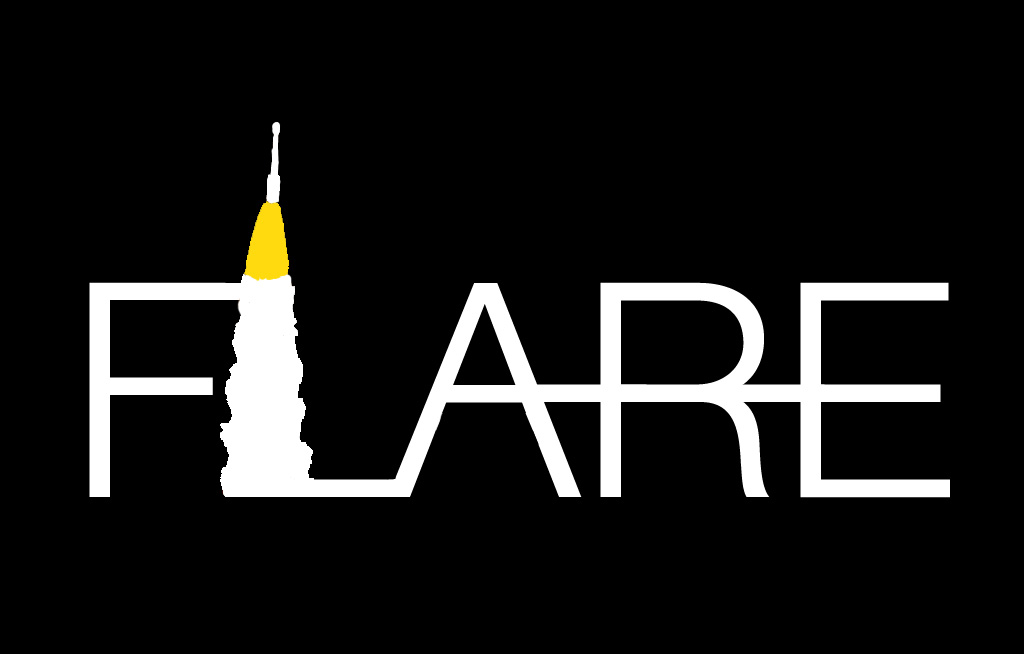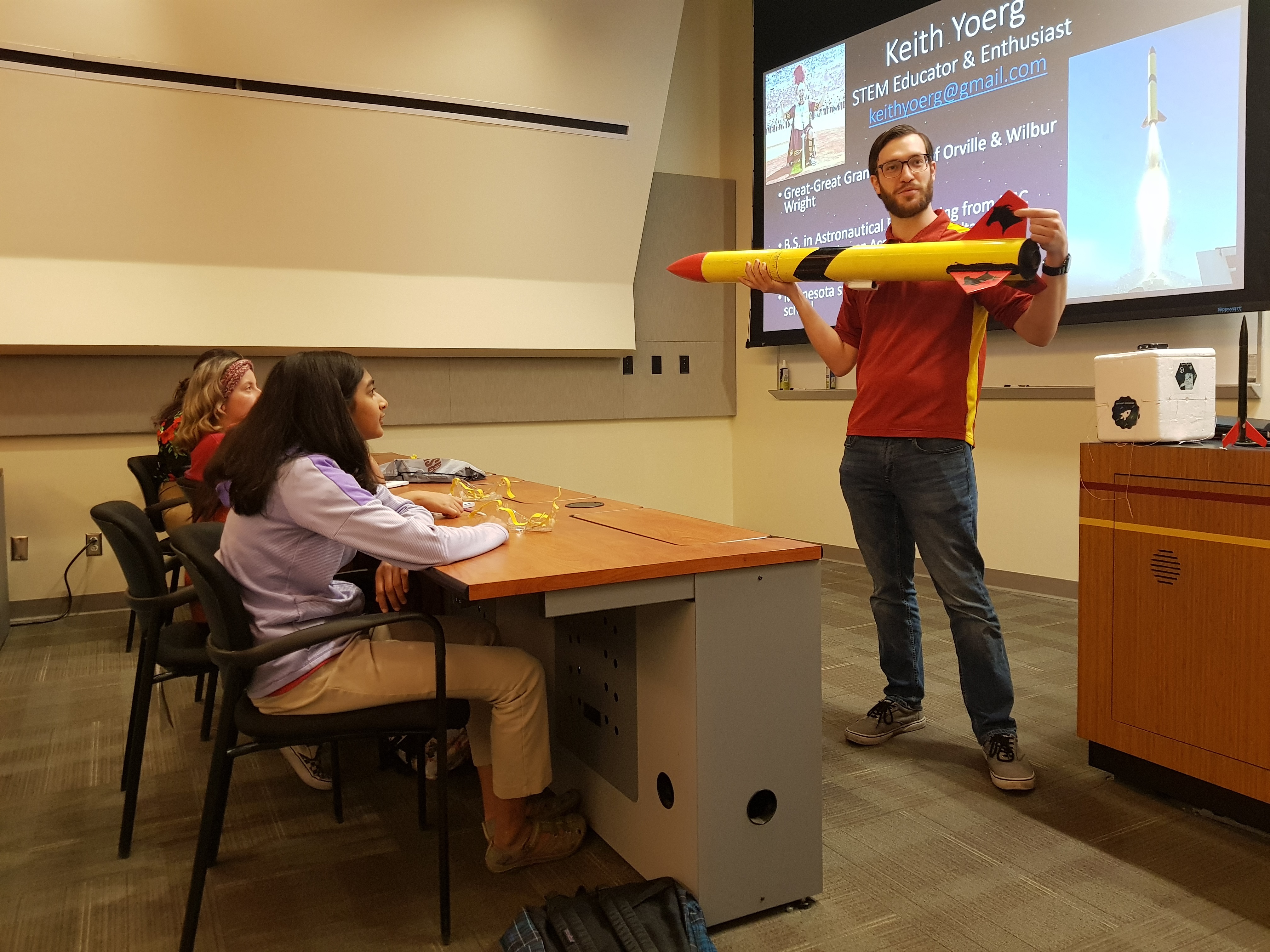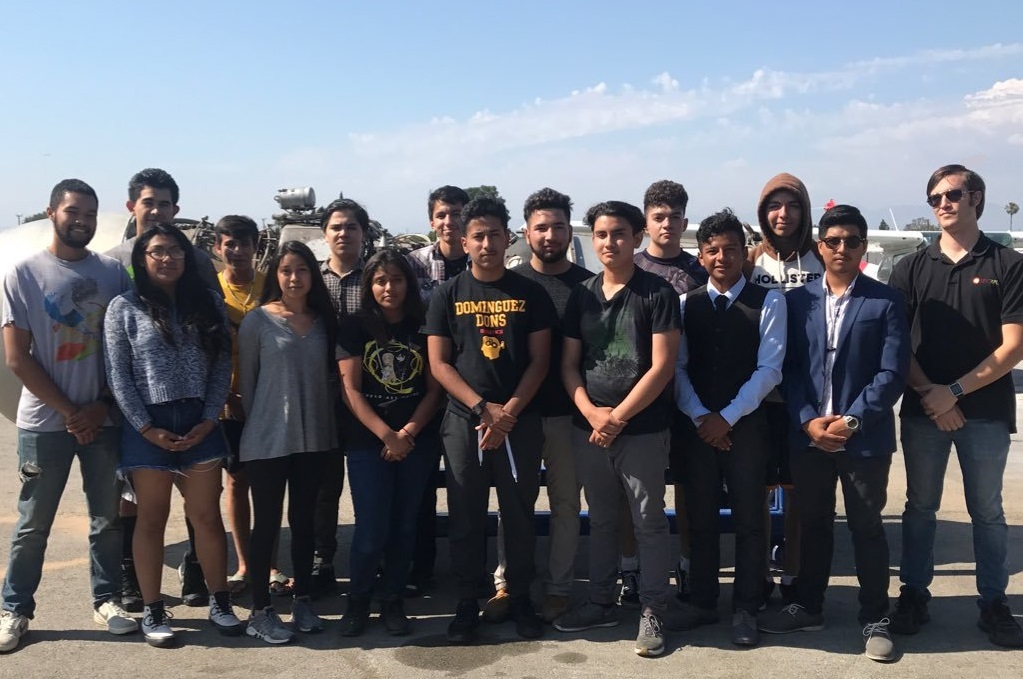Future Leaders of Advanced Rocket Engineering

In 2016 I was introduced to a local non-profit organization called Tomorrow's Aeronautical Museum (TAM) at the Compton airport. I loved TAM's mission to support the education of inner city kids, but was disappointed to learn that a STEM museum only 15 minutes from SpaceX did not have any rocketry programs. Seeing an opportunity to help the community, I established the Future Leaders of Advanced Rocket Engineering (FLARE) Program at TAM. The goal of FLARE is to use the design, construction, and flight of rockets to teach students the skills necessary to pursue a STEM degree and career.
At least once a week I visit TAM to teach classes. Program partners have included the University of Southern Californa, the Reaction Research Society, and the Rocketry Organization of California. To cater to different learning levels, I have developed curricula for multiple age groups:



